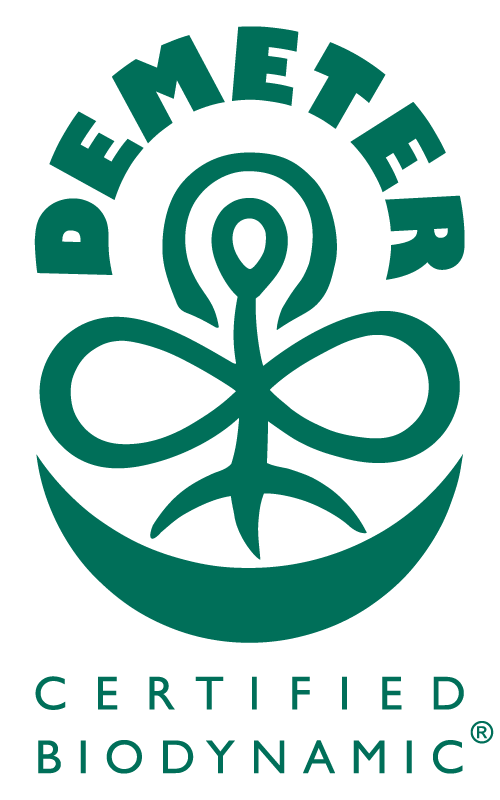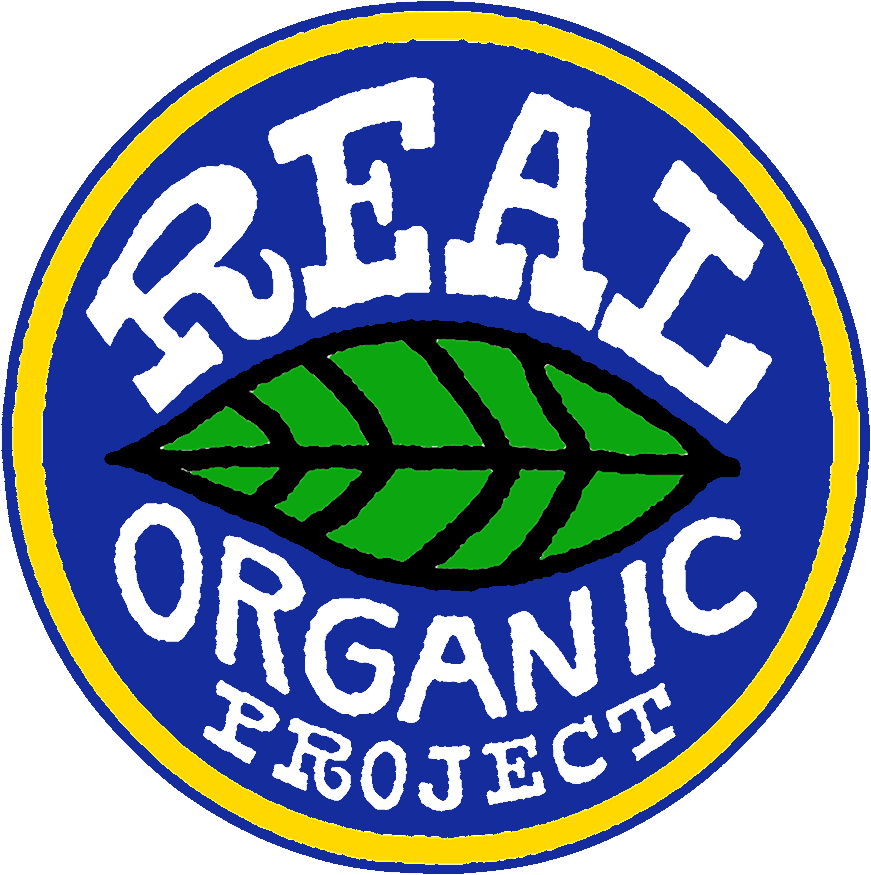Dear KCSA community,
Breathing is an essential life process. In the northern hemisphere, from the winter solstice to the summer solstice, the earth exhales a long slow breath into the cosmos as the sun slowly grows from its lowest point in the sky (shortest day) until it reaches its peak (the longest day). From the dormancy of winter to the flurry of spring this earthly exhalation pushes vegetative life up toward the sun.
At KCSA, this is epitomized by growing hardneck garlic. Individual cloves are planted toward the end of fall (around Halloween), catching the tail end of this inhalation and ensuring some root growth before winter. With that foundation, and after some winter dormancy, the greens start to sprout in early spring, pushing through the soil surface.
A few weeks before the summer solstice, flowers start to emerge from the hardneck garlic. This is another way garlic reproduces, via its seeds. It is much easier to propagate a new bulb from just a single clove, however, so we snap the stems off before they flower and bunch them as a delicious spring treat—garlic scapes! This, in turn, forces the last of the plant’s energy into the growing the bulb.
A week or so after the summer solstice (around 4th July) it’s time to dig the bulbs up. To maximize storage potential, you want the bulb to be tight. We then dry them in a warm, shaded area that is well ventilated. After curing for a few weeks, the garlic is trimmed, sorted for seed garlic and stored in a cool, dark place. Our garlic is currently curing. It will be on the share in a few weeks. Please remember, you should not store bulbs of garlic in the fridge! Cold temperatures can alter the taste.
The earth’s deep inhalation begins after the summer solstice and continues through the winter solstice. After expending its internal forces, the earth begins to inhale energy from the cosmos. Traditional “hoedown” storage crops such as sweet potatoes, winter squash, thrive during this inhalation. The slips, or transplants, are established pre-summer solstice, but most of their growth happens as the days get shorter and shorter. The first hard frost ends their growing cycle in SE PA about 8-10 weeks before the winter solstice. Incidentally, both sweet potatoes and winter squash are also cured for storage and should also not be stored in the refrigerator. We have these treats to look forward to in fall.
Like perennials, many fruiting annuals like the best of both worlds. Sown in spring, tomatoes, peppers and eggplants like to get their vegetative habit established during the earth’s exhalation and produce their delicious bounty during its inhalation. Tomatoes should be on the share soon! Cucumbers and summer squash are included in this group. Due to the humidity in our region, however, they are more prone to disease, so they never last as long as they can…in theory.
Other, shorter day annuals that are grown in spring and fall are more in tune with the lunar cycle. In biodynamics, planetary bodies are also recognized as having an influence on plant growth. There is also an optimal time to sow seeds for plants that you either harvest for the flower, fruit, leaf or root. Luckily, we have the Stella Nutra Calendar to help us with our sowing schedule. More about this next week…
Best,
Andrew





